We look forward to communicating and cooperating with you very much. You are welcome to visit and inspect. We will provide you with the best Chinese hospitality.
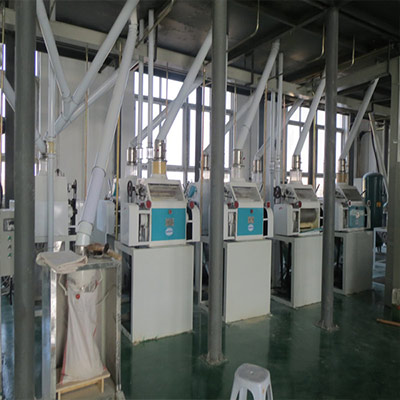
Pigeon pea introduction:
Pigeon pea is also quite popular in legume family. Pigeon pea contains high levels of protein and the important amino acids methionine, lysine, and tryptophan. Its seeds have become a common food grain in Asia, Africa, and Latin America, especially in India and Ethiopia. It is always used in making Dal(lentil soup) in India. In some places, such as the Caribbean coast of Colombia, Dominican Republic, Panama and Hawaii, pigeon peas are grown for canning and consumption.
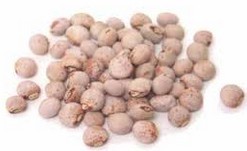
Pigeon pea processing equipment working process:
1. Bean cleaning section: it adopts two screening sections, two destoning sections, one magnetic separation section, and removes the big, small and light impurities, pebbles and magnetic material from the beans to ensure the quality of the end products.
2. Bean color sorting section: it adopts the color sorter to separate the moldy kernels, shriveled beans and foreign species of beans according to the color and luster feature of the beans.
3. Bean peeling section: it adopts peeling, brushing and shunting technology (it can utilize the segregation valve to choose peeling and brushing according to the material character.)
1)Peeling: it can peel the bean bran and separate and collect it by effective aspiration system;
2)Brushing: it can separate the micro bran and dust which adheres to the material surface.
4. Grading section: it adopts different screens and classify the material into different grades according to the size.
5. Bean kernel making and grits milling section: it adopts the technology of three peeling sections, one grits making section, grading and suspension.
1)Peeling section: it can peel the bean bran and separate and collect it by effective aspiration system and produce whole peeled kernels;
2) Bean grits making section: it uses fine bean grits machine and mill beans into bean grits;
3) Bean kernels and bean grits grading section: it adopts different screens and classifies bean kernels or bean grits into different grades according to the size.
4)Suspension: it separates bean bran by utilizing airflow according to different material gravity.
6. Bean flour milling section: it adopts the technology of burdening, several processes of grinding and screening and grading.
1)Burdening: it can mix different material according to different requirements for different products;
2)Grinding: it can grind or mill the beans into fine bean flour by the professional bean grinder;
3)Screening: it separates the bean flour.
Soy flour and grits enhance the nutrition and texture of products. Available in a variety of granulations, soy flour and grits have multiple uses, including extending the freshness and shelf-life of many foods.
7. Measuring and packaging section: storage can reduce the amount of labor used. Measuring can be artificial or electronic.
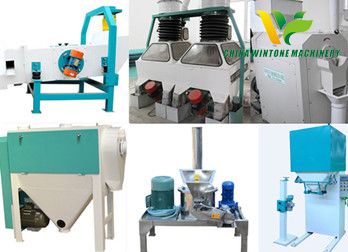
Pigeon pea processing equipment working principle:
Pigeon pea processing equipment or plant is a highly efficient bean processing plant. It can produce pigeon pea kernels or pigeon pea flour respectively, or both of the products simultaneously.
To produce pigeon pea kernels, the operator just needs to start the equipments used in peeling and kernel processing section, separates the kernels, broken kernels and flour by adjusting the material segregation valve and packages the end products.
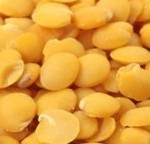
To produce pigeon pea flour, we can start all the equipments, adjust the material segregation valve to make all of the pigeon peas or grains become flour and then package end products.
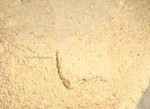
To produce kernels and flour simultaneously,we can start all the equipments and adjust the segregation valve to get different proportions of products.
The whole set is practical, flexible, easily operated and its products can be adjusted accordingly.
Pigeon pea processing equipment parameter:
|
Type
|
Power (kw)
|
Power Consumption(kw/h)
|
Capacity(t/24h)
|
Workshop Dimension(l*w*h/m)
|
|
10t
|
24
|
38-40
|
10
|
10*4*4 (steel structure)
|
|
20t
|
56
|
38-40
|
20
|
16*5*5 (steel structure)
|
|
30t
|
72
|
38-40
|
30
|
20*5*5 (steel structure)
|
|
50t
|
119
|
38-40
|
50
|
20*5*7 (steel structure)
|
|
100t
|
238
|
38-40
|
100
|
30*5*7 (steel structure)
|
